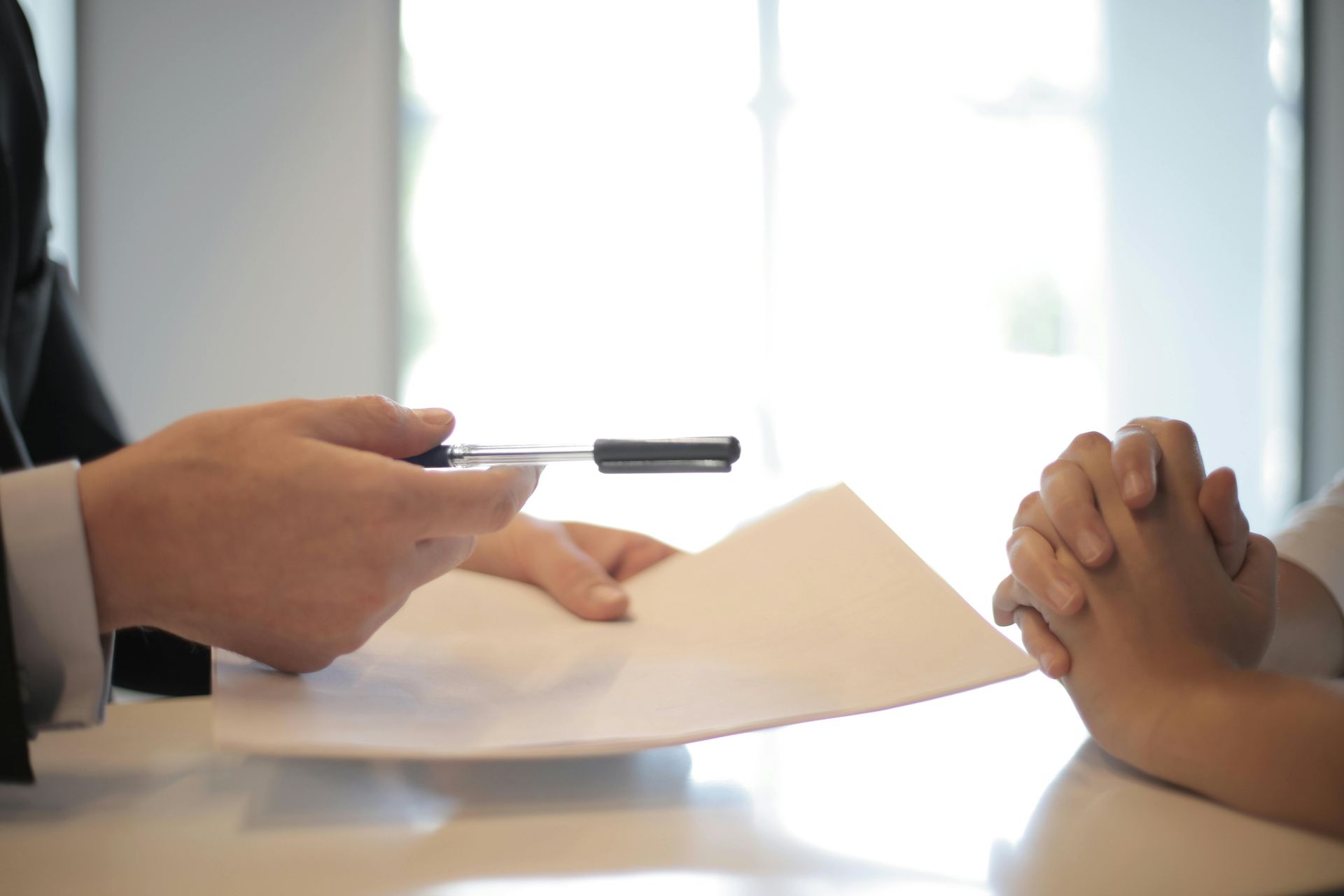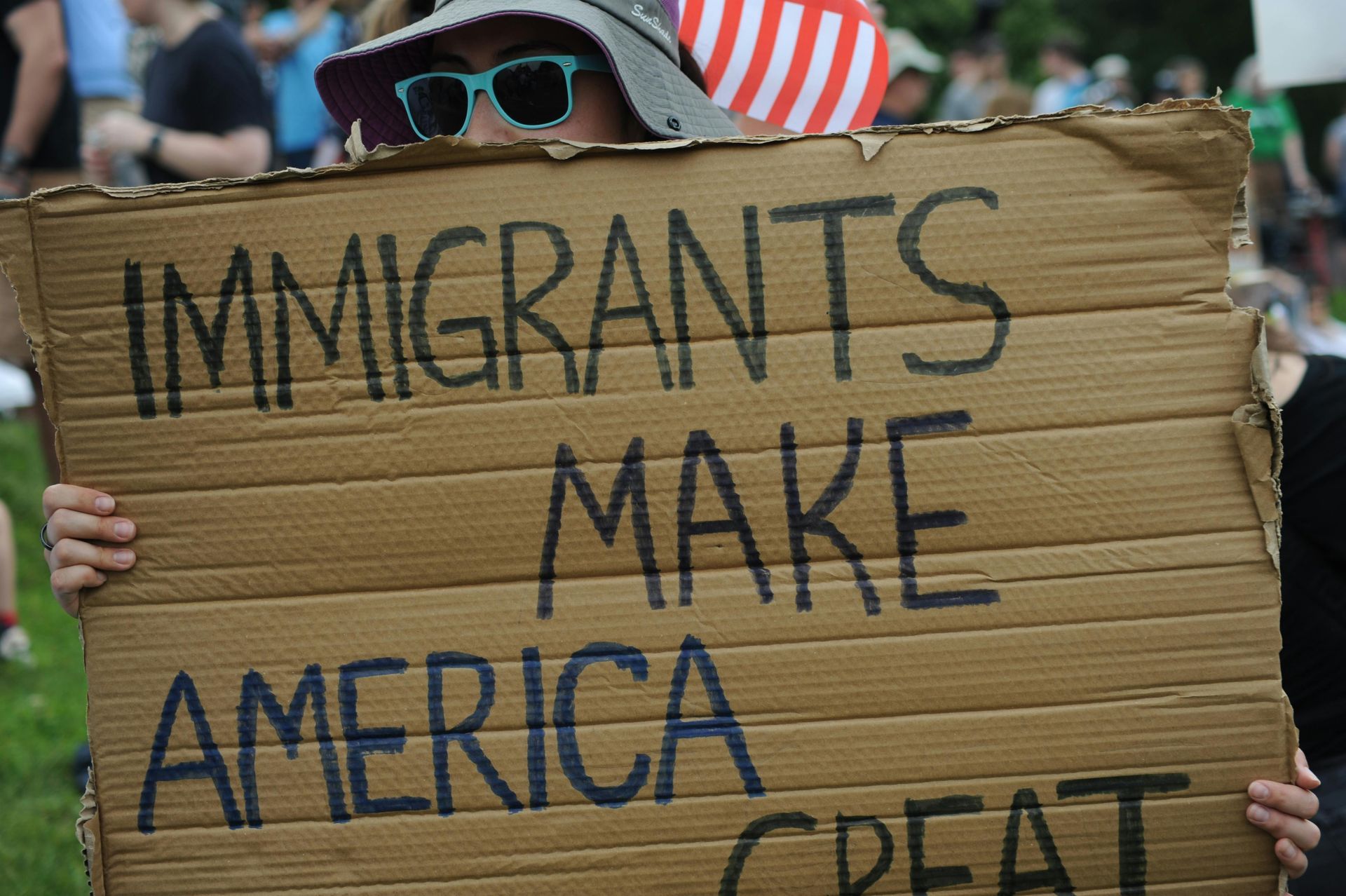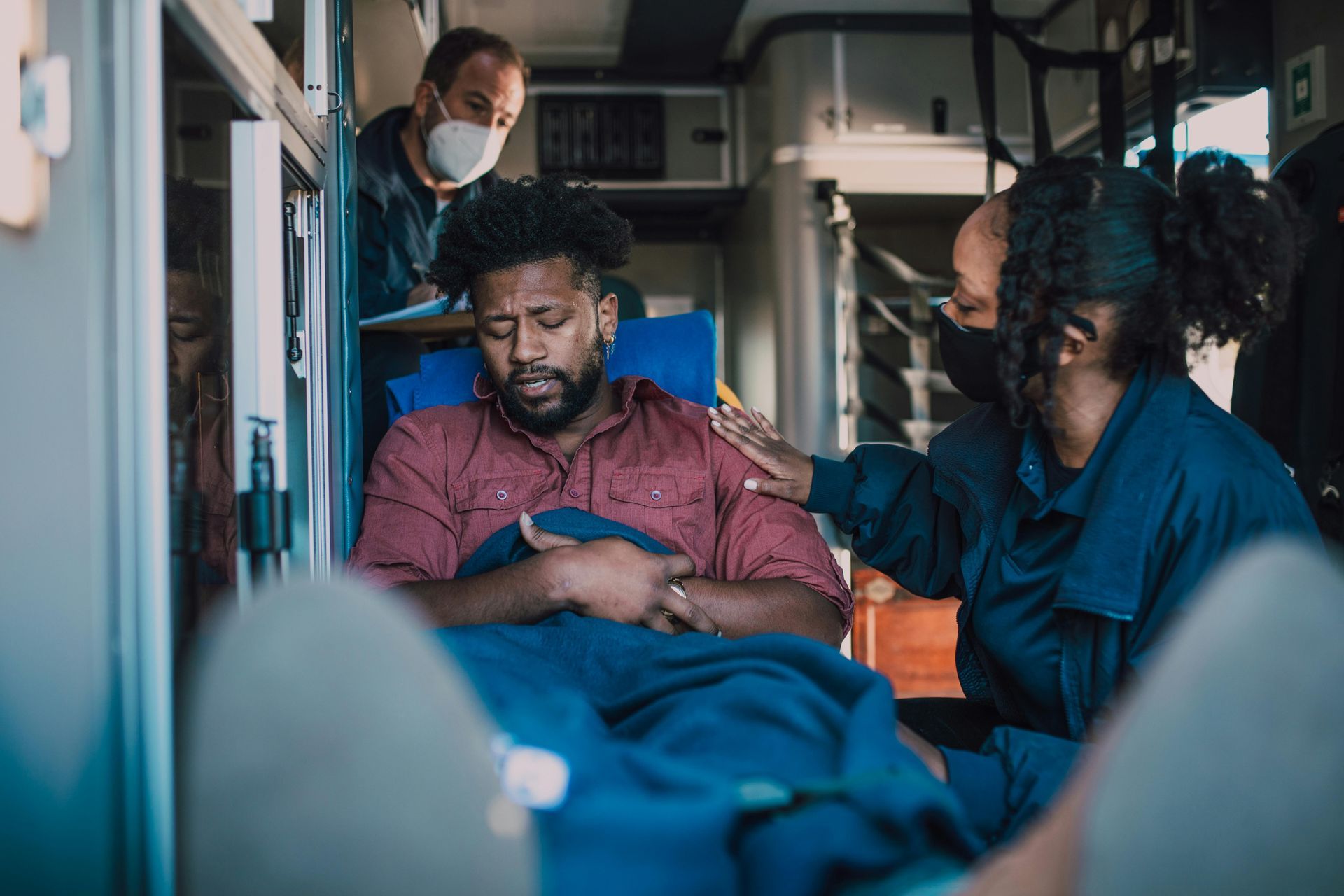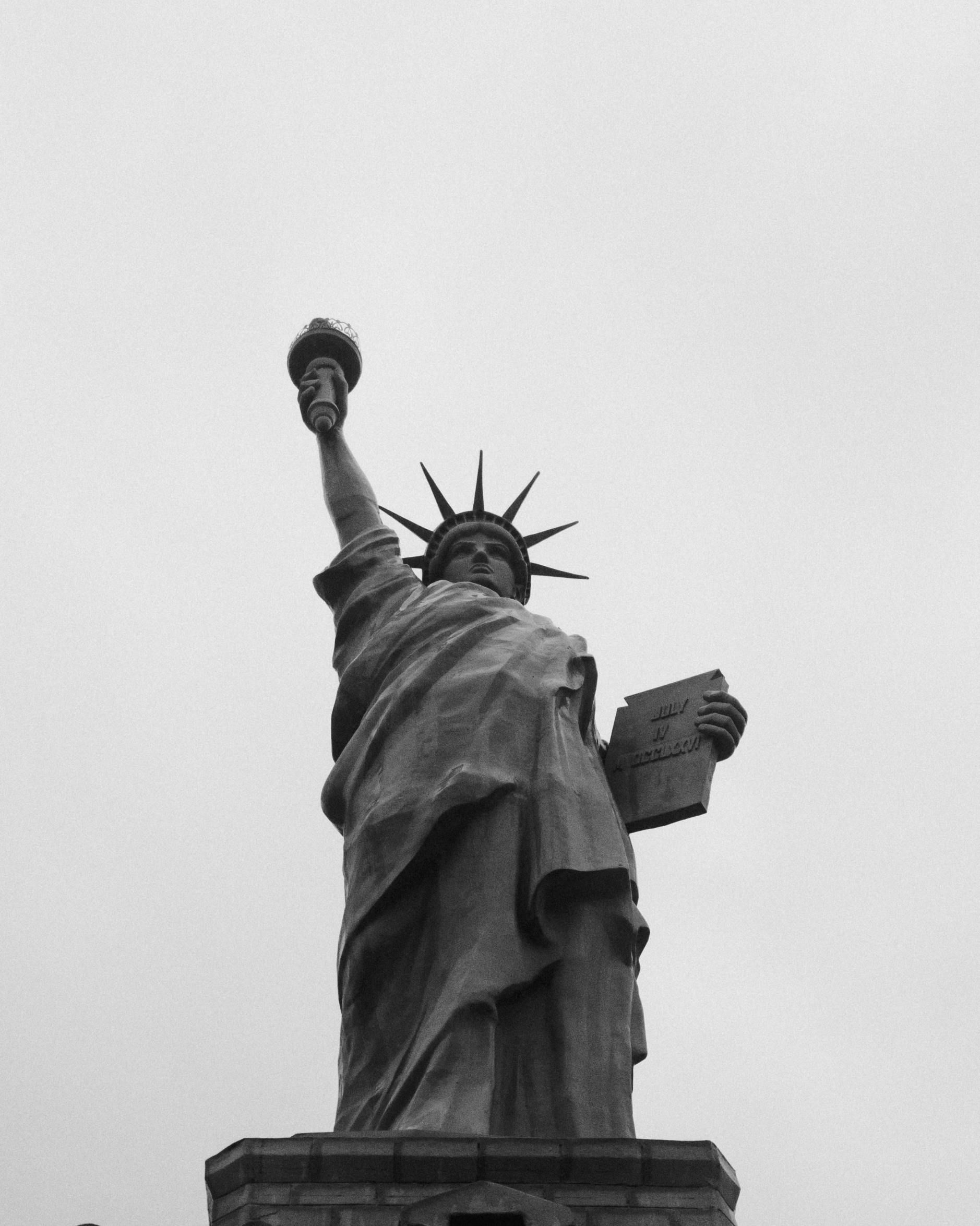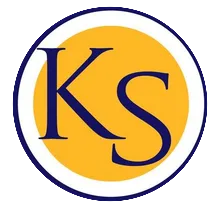The Basics of the U.S. Visa Application Process
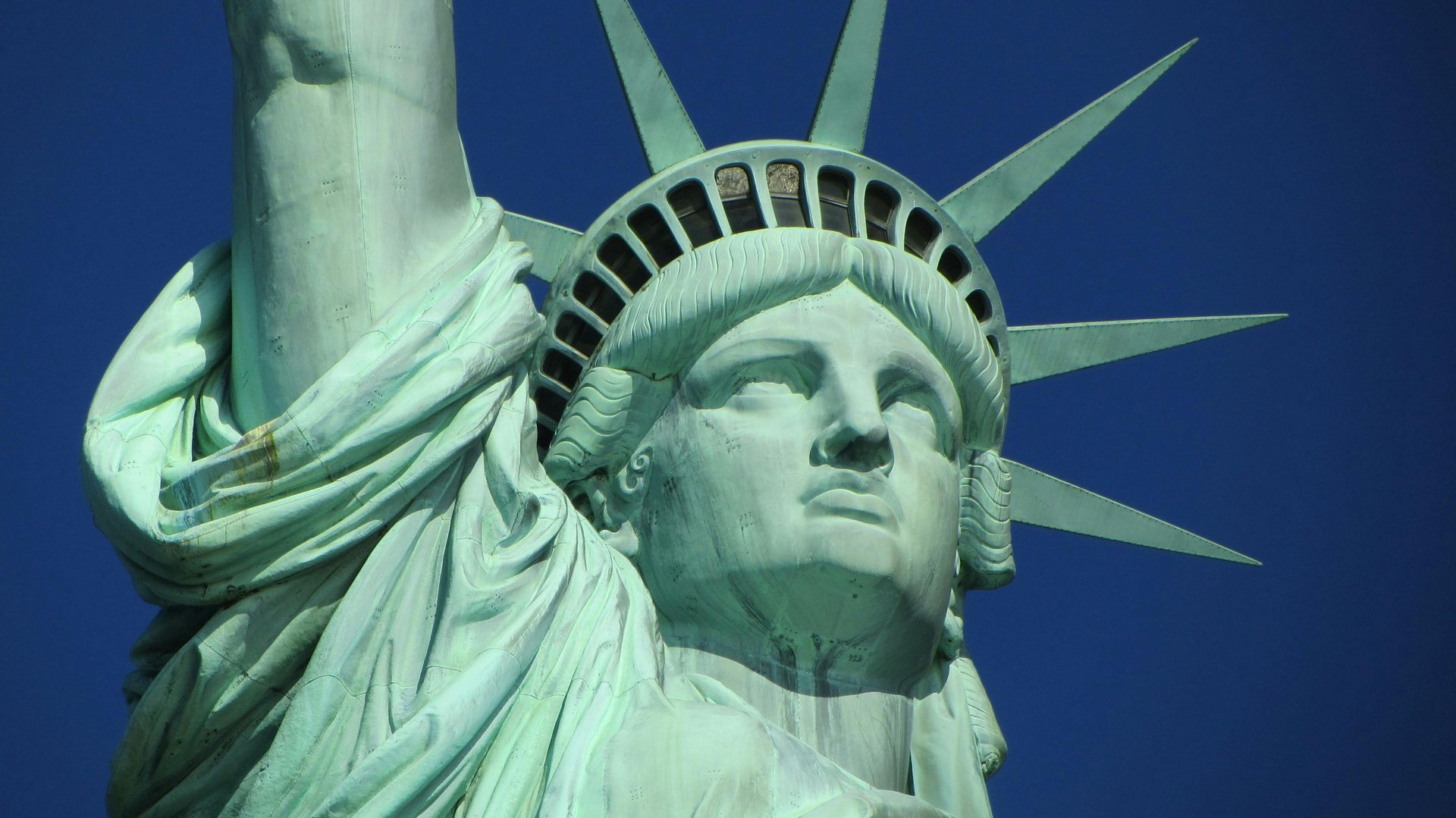
The U.S. visa application process can seem overwhelming at first glance, but it becomes much more manageable once you understand the important steps. Whether planning to visit, work, or join family in the United States, having a clear understanding can make all the difference. Keep reading as we break down the important elements of applying for a U.S. visa to help you through the process.
Step 1: Determine the Type of Visa You Need
The first step in applying for a U.S. visa is understanding what type of visa matches your purpose of travel. There are two main categories of visas:
- Nonimmigrant Visas: These are for individuals who plan to visit the U.S. temporarily, such as tourists, students, or employees on work assignments.
- Immigrant Visas: These are for those who intend to move to the U.S. permanently, such as through family sponsorship or an employer petition.
To give you an idea, if you're coming for tourism, you'll likely need a B-2 visa, while those studying in the U.S. typically apply for an F-1 visa. Each visa type has distinct requirements, so confirming the right category is critical.
Step 2: Complete the DS-160 Online Form
For most nonimmigrant visas, the DS-160 form is a mandatory part of the application. This online form gathers your data, travel plans, and background information. Be prepared to provide the following:
- Your passport details
- A recent passport-style photo that meets specific U.S. requirements
- Travel details, including where you'll stay and how long you plan to visit
Once you've completed the DS-160 form, you'll receive a confirmation page with a barcode. Keep this safe, as you’ll need it later for your visa appointment.
Step 3: Pay the Application Fee
Before scheduling your visa interview, you'll need to pay the application fee. Fees depend on the visa type:
- Nonimmigrant visas typically cost $160.
- Petition-based visas, such as work visas, may cost more.
Keep the payment receipt, as proof of payment is required for your interview.
Step 4: Schedule a Visa Interview
Most visa applicants need to attend an in-person interview at a U.S. embassy or consulate. To schedule this, visit the official U.S. Department of State website, choose your country, and find an available date. Early booking is recommended because wait times can vary by location and season.
Step 5: Prepare for Your Interview
Your visa interview is an important step in the process. To make a strong impression, prepare by gathering all required documentation. Bring the following:
- Your appointment confirmation letter
- The DS-160 confirmation page
- Your passport (valid for at least six months beyond your intended stay)
- A passport photo, even if you uploaded one online
- Supporting documents, such as proof of financial support, ties to your home country, or job offer letters
During the interview, a consular officer will ask questions about the purpose of your trip, your ties to your home country, and any supporting evidence for your application. Answer honestly and confidently.
Step 6: Wait for Processing
After your interview, your visa application will undergo processing. This could take anywhere from a few days to several months, depending on the visa type, embassy location, and individual circumstances.
Certain applications may require additional steps, such as administrative processing, which can lengthen the timeline. Check for updates using the U.S. Department of State's visa status tracker.
Step 7: Receive Your Visa
If your visa is approved, you’ll typically receive it stamped in your passport within a week or two. For some countries, a courier service will deliver it, while others may require you to pick it up in person.
At this point, you're ready to travel to the U.S. Keep in mind that holding a visa does not guarantee entry into the country; Customs and Border Protection (CBP) officers will make the final determination when you arrive.
Additional Tips
- Start Early: Processing times can vary greatly, especially during peak travel seasons, so begin the application process as soon as your plans are firm.
- Avoid Errors: Double-check your DS-160 form and supporting documents to avoid mistakes that could delay your application.
- Stay Organized: Keep all paperwork in one place to make sure that you have what you need at every step of the process.
By understanding and following these steps, you can navigate the U.S. visa application process with greater confidence and ease. A Duluth immigration lawyer at the Law Offices of Koo & Sobotta, are here to make the process smoother for you. Whether you have questions, need assistance with your application, or require legal representation for more complex immigration matters, their trusted attorneys are just a call away. Don’t hesitate to reach out for personalized guidance and support tailored to your unique situation.
FAQs
What happens if my visa application is denied?
If your application is denied, the consular officer will provide a reason, often related to eligibility or inadequate supporting documentation. You may reapply by addressing the concerns raised during your initial refusal. Keep in mind that application fees are non-refundable, so it’s important to resolve any issues before reapplying.
Can I expedite my visa application?
Expedited processing may be available in certain cases, such as emergencies or urgent business needs. Contact the embassy or consulate handling your application and provide evidence to support your expedited request. Keep in mind that not all requests are approved.
By understanding and following these steps, you can navigate the U.S. visa application process with greater confidence and ease. The Law Offices of Koo & Sobotta are here to help with any immigration legal needs, so don’t hesitate to reach out if you have questions or need support.


